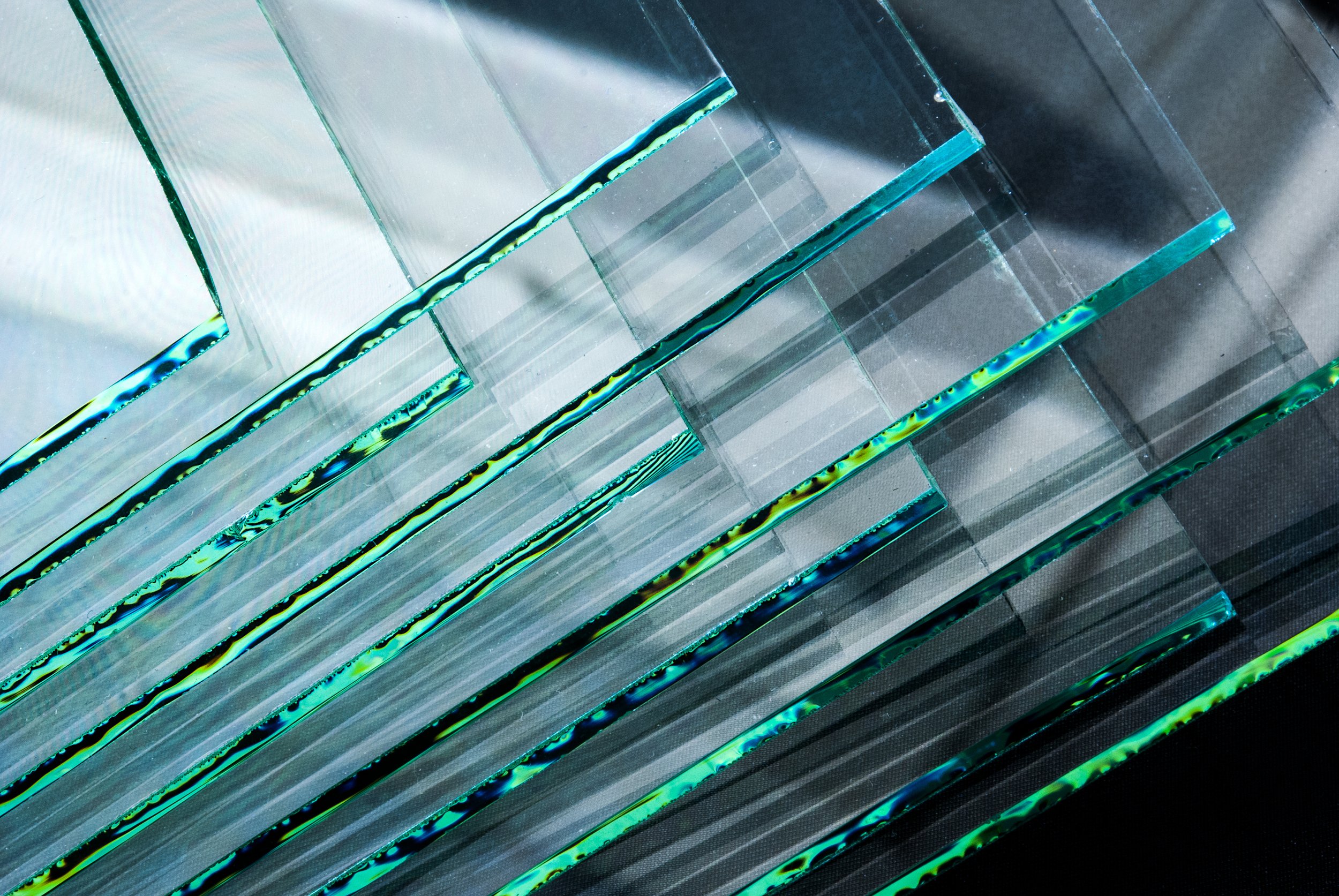The Rise of Glass Windows in History
Imagine a world without glass windows—your home would either be cloaked in darkness or exposed to the elements. Glass windows are such an integral part of our daily lives that we seldom pause to consider their significance or origins. As a glass company, we take pride in reflecting on our roots and exploring the rich history of glassmaking and the evolution of glass windows.
While ancient China, Korea, and Japan commonly used paper windows to let in soft light and shield against the elements, the Romans were the first known to use glass for windows, starting around 100 AD. During this time, windows in general were considered an architectural luxury, and often buildings were built out of brick made from clay or mud, and to ensure structural integrity, window openings were few and far between.
Beginning in 532, early Christian and Byzantine churches began using stained glass. The glass was encased in a marble, cement, or wooden window frame. The essential ingredients for making this glass would have been sand and wood ash (potash). These materials were melted into a liquid that solidified into glass upon cooling. To add color to the glass, specific powdered metals were mixed in while the glass was still molten.
By the 17th century advancements in glassmaking as well as the widespread technique of glassblowing, originally invented in the 1st century in Israel, Iran, Palestine, and Lebanon. The glassblowing process required gathering molten glass on a blowpipe and blowing it into an elongated, balloon-like shape. The ends were then cut off, the cylinder was split with shears while the glass remained hot, and finally, the cylinder was flattened on an iron plate. This technique allowed for larger scale production of glass windows, making them a readily available commodity and houses were constructed with the once rare material.
Today, the production of glass windows draws from this ancient history and techniques. The most common method being float glass processing which was invented in the 1950’s. This is where molten glass is floated on molten tin to create flat surfaces. Alternative approaches, like rolled or drawn sheet glass are other techniques that are used. Understanding these methods is valuable for homeowners seeking glass window replacements or upgrades.
Whether you are here reading this blog out of pure curiosity or stumbled upon it while searching for glass window replacement companies, we aim to educate our customers and readers on the importance of glass. Our industry is built on thousands of years of rich and fascinating history, which forms the foundation of modern glass production. With a 40-year legacy of delivering quality and reliable glass services to Pierce and Kitsap County, Sound Glass is a name you can trust to get the job done!


